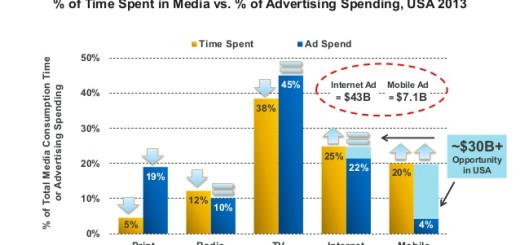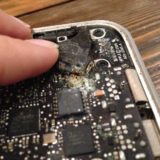This Hacker Showed That Everything In My Life Is Vulnerable In Just 18 Minutes
I thought I was safe. I have secure passwords, and I’m careful with my information, but that’s not enough. In a recent TEDx talk, hacker Pablos Holman proved that seven very common things that should be secure, are in fact very vulnerable.
*These guys hacked Snapchat, and even the CEO was blown away by what they did
So What’s Vulnerable?
1. Car Keys
Don’t leave your valuables in your car. It turns out that the radio waves that unlock your car are very repeatable, allowing ambitious teens to rob your car without even breaking in. Even worse, without damage, you’ll have a tough time getting a payout from the insurance company.
2. House Locks
You may want to revisit the locks you use in your house as well. Most common household locks can be picked in seconds, with what’s called a “bump key”, or a “skeleton key”. Basically, it’s a key that fits in your lock, but doesn’t actually unlock it. Whacking the key with a hammer while applying turning pressure causes the pins in the lock to shoot up, freeing the lock, and opening your door. It’s incredibly easy, and cheap.
3. RFID Chip Credit Cards
Despite being hailed for their security, RFID chip credit cards, very prevelent in Europe, and growing in popularity in the US, can be skimmed from afar, and can reveal valuable data about you to the most nefarious of hackers.
Even the MLB Has Been Hacked
4. Hotel Televisions
Unlike normal televisions, hotel televisions operate on a computer-like network. Because of this, anyone in the hotel can use their TV to hack into your TV, deciding “whether you’re watching Disney or porn tonight”.
5. Passwords Over WiFi
Think what you want, but WiFi is not secure. Pablos built a robot to capture passwords over WiFi, drive over to people using the network, and show them their passwords.
6. SSL Encryption.
See that lock next to the URL on a “secure” website? That lock is supposed to mean your data is safe, but SSL encryption, as it’s called, can have a variety of vulnerabilities leaving your data open for the stealing.
7. Bluetooth
Perhaps the most humorous of Holman’s experiments. He tracked Microsoft’s “Chief Privacy Architect” throughout a conference, using nothing but the bluetooth from the architect’s phone – and then he even hacked into the man’s voice mail. I’m not sure I trust my data to Microsoft, given how their privacy architect can’t even handle his own privacy.
8. USBs
It’s well-known that USBs have a variety of vulnerabilities, but the one Holman found was particularly troubling. Holman built a USB program that when plugged in, automatically makes a copy of a user’s home files, browsing history, and cookies.
So What Do We Do Now?
There’s not much you can do. Just keep these security issues in mind, and try to stay safe. You can buy metallic wallets, to prevent your credit cards from being skimmed.
Tweet to let your friends know









